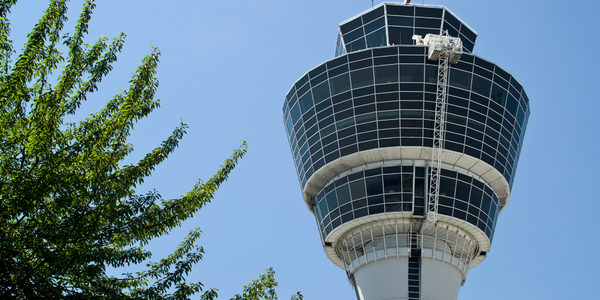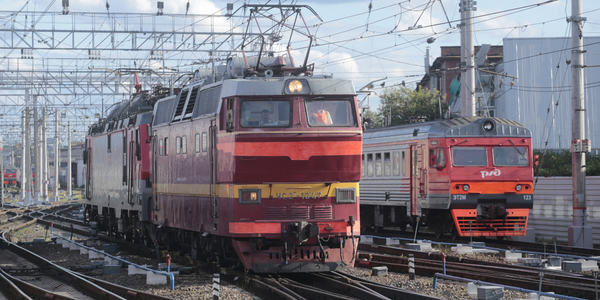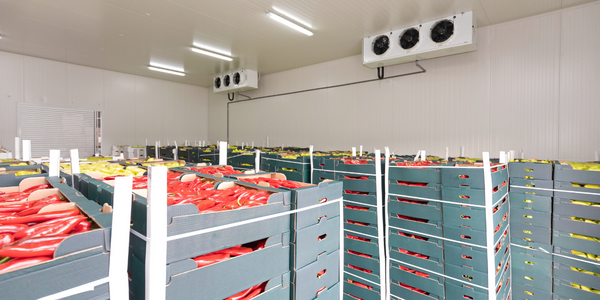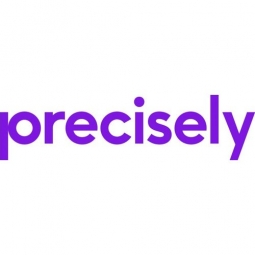公司规模
Large Corporate
地区
- America
- Asia
国家
- United States
- Singapore
产品
- Assure MIMIX HA
- PkMS warehouse management software
- IBM Power Systems
技术栈
- IBM i OS
- EDI
- TMS (Transportation Management System)
实施规模
- Enterprise-wide Deployment
影响指标
- Customer Satisfaction
- Productivity Improvements
技术
- 功能应用 - 仓库管理系统 (WMS)
- 基础设施即服务 (IaaS) - 云计算
适用行业
- 运输
适用功能
- 物流运输
- 仓库和库存管理
服务
- 系统集成
关于客户
APL Limited, headquartered in Scottsdale, Arizona, USA, is a prominent player in the transportation and logistics industry. As the fifth-largest shipping company globally, APL has been in business for over 150 years, serving more than 25,000 locations across 140 countries. It operates as a subsidiary of Singapore-based Neptune Orient Lines (NOL). APL's extensive global operations require a robust and reliable IT infrastructure to ensure seamless service delivery. The company relies on advanced technology solutions to manage its complex logistics and transportation network efficiently. With a commitment to maintaining high availability and minimizing downtime, APL has implemented cutting-edge systems to support its operations. The company's dedication to innovation and customer satisfaction has positioned it as a leader in the industry, continually striving to enhance its services and meet the evolving needs of its clients worldwide.
挑战
APL operates around the world and around the clock. Having applications offline for maintenance or any other reason is unacceptable at any time. In fact, users have been promised that there will be no more than four hours of downtime per month. Although its core applications were running on IBM i-based Power Systems, one of the most reliable platforms in the world, APL needed to do more to meet its demanding availability requirements. Even the most reliable systems need to be shut down for regular maintenance, such as backing up data, reorganizing databases or upgrading the operating system. These necessary planned maintenance outages can be substantial. For example, an operating system upgrade can shut a system down for 30 hours or more. APL performs nightly backups to tape, to ensure that its data will be available should a disaster strike. In a traditional environment, where backup jobs are run on the production machine, this can be a problem. Production applications often have to be stopped while the backup tapes are created. Even when a save-while-active technology is used, the high volume of system and disk resources consumed by backup jobs can slow production applications to an unacceptable level. APL needed an environment that allowed it to protect its critical data and applications and maintain exceptionally high availability, without putting an undue strain on business applications.
解决方案
For about 12 years now, APL has met its system and data availability needs with Assure MIMIX HA. APL outsources the management of its IBM i-based servers to HP, which maintains the systems in a facility in Plano, Texas. Production applications run on an IBM Power Systems server that manages all warehousing and inventory data. A second server sits about 12 feet from the production server. Assure MIMIX HA maintains a near real-time replica of all production data and applications on this secondary server. When the primary server goes offline or needs to be shutdown for maintenance, APL can quickly switch users to the backup server. This ability to minimize downtime is more than just theory. It is proven. Last year, APL experienced a hardware failure. Users were switched to the backup system within 10 minutes and operations ran on that server for about a month without any problems. Assure MIMIX HA also helps to minimize planned downtime. APL’s IT department is in the process of seeking approval to upgrade to POWER6 and then POWER7 processor-based Power Systems servers. During the upgrade, Assure MIMIX HA will replicate data and applications to the new server, keeping the servers in synch until the new server is ready to take over operations. Because APL’s primary and backup servers are in the same room, a disaster that destroys one would also likely bring down the other. Consequently, APL performs nightly tape backups to safeguard its data. Because the secondary system contains a near real-time replica of all production data, APL runs its backup jobs on that system, thereby eliminating any impact on production applications. APL has done five disaster recovery tests and in every instance the replicated data on the secondary server has proven to be 100 percent reliable. This is in part due to the fact that the backup system is generally no more than one second out of synch with the production data. APL recently upgraded to the latest version of Assure MIMIX HA. David Fahr
运营影响
数量效益

Case Study missing?
Start adding your own!
Register with your work email and create a new case study profile for your business.
相关案例.

Case Study
Airport SCADA Systems Improve Service Levels
Modern airports are one of the busiest environments on Earth and rely on process automation equipment to ensure service operators achieve their KPIs. Increasingly airport SCADA systems are being used to control all aspects of the operation and associated facilities. This is because unplanned system downtime can cost dearly, both in terms of reduced revenues and the associated loss of customer satisfaction due to inevitable travel inconvenience and disruption.

Case Study
IoT-based Fleet Intelligence Innovation
Speed to market is precious for DRVR, a rapidly growing start-up company. With a business model dependent on reliable mobile data, managers were spending their lives trying to negotiate data roaming deals with mobile network operators in different countries. And, even then, service quality was a constant concern.

Case Study
Digitize Railway with Deutsche Bahn
To reduce maintenance costs and delay-causing failures for Deutsche Bahn. They need manual measurements by a position measurement system based on custom-made MEMS sensor clusters, which allow autonomous and continuous monitoring with wireless data transmission and long battery. They were looking for data pre-processing solution in the sensor and machine learning algorithms in the cloud so as to detect critical wear.

Case Study
Cold Chain Transportation and Refrigerated Fleet Management System
1) Create a digital connected transportation solution to retrofit cold chain trailers with real-time tracking and controls. 2) Prevent multi-million dollar losses due to theft or spoilage. 3) Deliver a digital chain-of-custody solution for door to door load monitoring and security. 4) Provide a trusted multi-fleet solution in a single application with granular data and access controls.

Case Study
Vehicle Fleet Analytics
Organizations frequently implement a maintenance strategy for their fleets of vehicles using a combination of time and usage based maintenance schedules. While effective as a whole, time and usage based schedules do not take into account driving patterns, environmental factors, and sensors currently deployed within the vehicle measuring crank voltage, ignition voltage, and acceleration, all of which have a significant influence on the overall health of the vehicle.In a typical fleet, a large percentage of road calls are related to electrical failure, with battery failure being a common cause. Battery failures result in unmet service agreement levels and costly re-adjustment of scheduled to provide replacement vehicles. To reduce the impact of unplanned maintenance, the transportation logistics company was interested in a trial of C3 Vehicle Fleet Analytics.

Case Study
3M Gains Real-Time Insight with Cloud Solution
The company has a long track record of innovative technology solutions. For example, 3M helps its customers optimize parking operations by automating fee collection and other processes. To improve support for this rapidly expanding segment, 3M needed to automate its own data collection and reporting. The company had recently purchased the assets of parking, tolling, and automatic license plate reader businesses, and required better insight into these acquisitions. Chad Reed, Global Business Manager for 3M Parking Systems, says, “With thousands of installations across the world, we couldn’t keep track of our software and hardware deployments, which made it difficult to understand our market penetration.” 3M wanted a tracking application that sales staff could use to get real-time information about the type and location of 3M products in parking lots and garages. So that it could be used on-site with potential customers, the solution would have to provide access to data anytime, anywhere, and from an array of mobile devices. Jason Fox, Mobile Application Architect at 3M, upped the ante by volunteering to deliver the new app in one weekend. For Fox and his team, these requirements meant turning to the cloud instead of an on-premises datacenter. “My first thought was to go directly to the cloud because we needed to provide access not only to our salespeople, but to resellers who didn’t have access to our internal network,” says Fox. “The cloud just seemed like a logical choice.”







